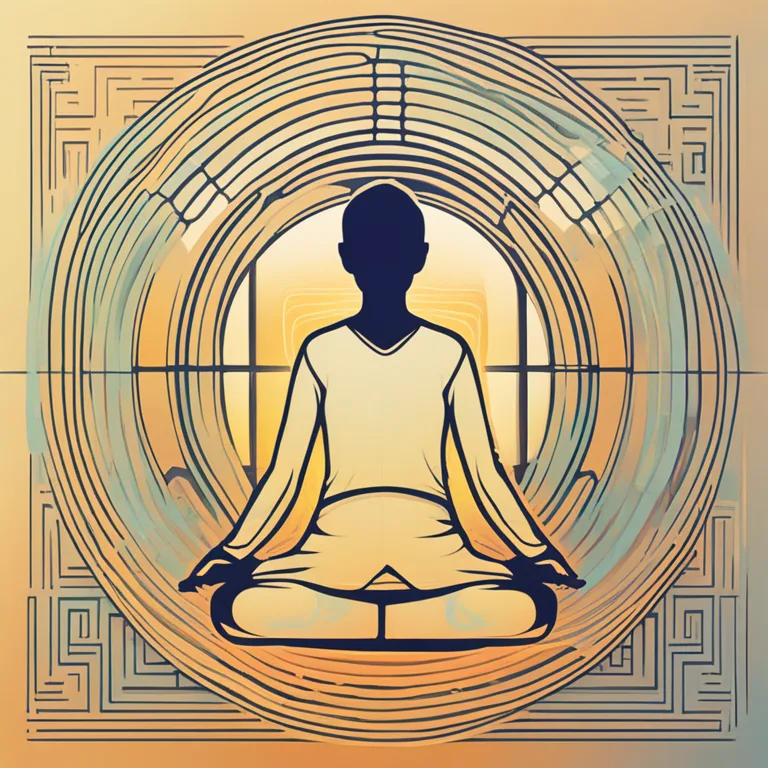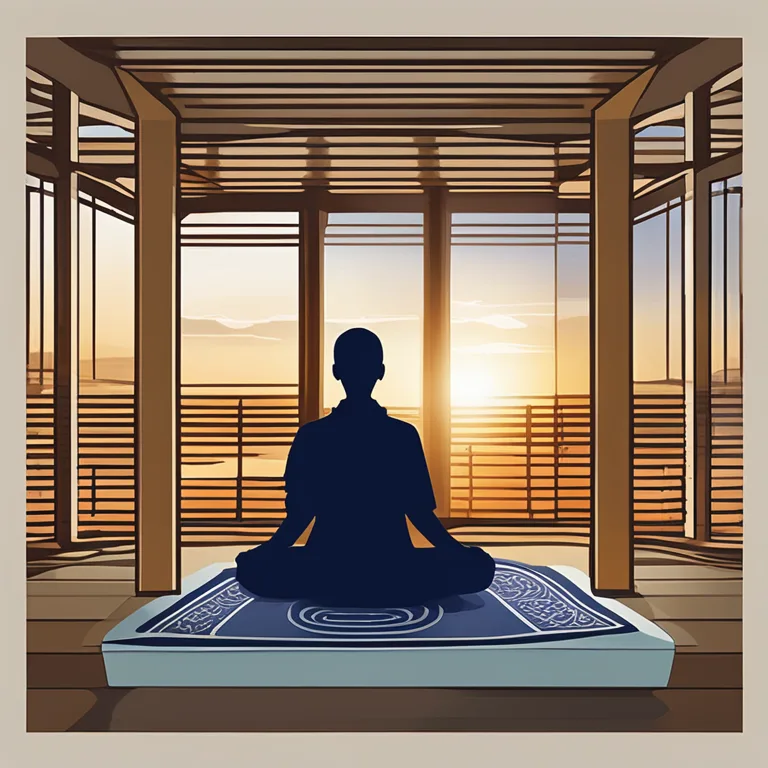
Drift to Sleep with Guided Meditation
Discover meditation techniques that help promote restful sleep through relaxation and mindfulness.
article by Hina Kurosawa
For many individuals, getting a good night's sleep can be a challenge. Thoughts from the day or worries about the future can keep us awake. This is where meditation techniques aimed specifically at relaxing the mind and body come into play, providing a gateway to restorative sleep. These methods hinge on mindfulness and allow us to prepare for rest by calming the internal chatter.

The body scan is a popular method that involves mentally scanning your body from toes to head, acknowledging each part, and consciously relaxing it. It's a practice that not only promotes sleep but also helps in recognizing where we hold stress. Start with your feet, gradually move up to your calves, thighs, and so on, giving each area permission to release tension.

Visualization, or guided imagery, is a powerful tool that can steer the mind towards a state of peace. By picturing a serene setting—perhaps a quiet beach at dusk or a soft field strewn with flowers—your mind can be transported away from the day's stresses. Each mental image should be accompanied by deep, slow breaths to enhance relaxation.

Breath awareness is a simple yet effective technique. Focusing on the natural rhythm of your breath helps to anchor the mind in the present moment. You may count each inhale and exhale or simply observe the sensation of breathing without judgment. This practice reduces anxiety and prepares the body for sleep.

Mantras are phrases or sounds repeated to aid concentration in meditation. By softly repeating a calming word like "peace" or "relax," you provide your mind with a focal point, dismissing extraneous thoughts. This monotony acts as a lullaby that can ease the transition into slumber.
Yoga Nidra, also known as yogic sleep, is a form of meditation where you're guided through a state between wakefulness and sleeping. It's beneficial for insomnia as it systematically induces complete physical, mental, and emotional relaxation. Practiced correctly, it can be as restorative as sleep itself.
By integrating these meditation techniques into your bedtime routine, you encourage a pattern of relaxation conducive to sleep. Remember consistency is key. Practicing these exercises regularly at the same time and place can create a conditioned response in the body, making sleep more accessible.
Published: 12/20/2023
Modified: 12/20/2023
More predictions
Come back here soon to learn more about yourself and your future


Counting Meditation Techniques
An informative guide on the diverse range of meditation practices available in the modern era.


Learning Meditation Techniques
Learn key meditation practices for inner peace and clarity in our comprehensive guide.


Mastery in Koan Meditation
Delve into koan meditation techniques to deepen your spiritual practice and enhance mindfulness.